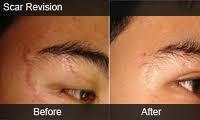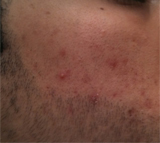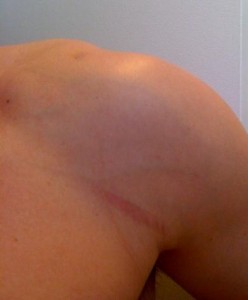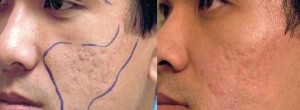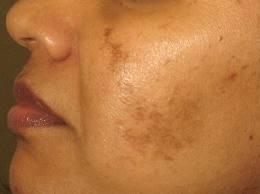Scars are the evidence of injury and the preexistence of a wound. The wound can be minor or traumatic either way a malformation and marking of the skin can occur leaving a scar. Understanding wound healing is important if one wishes to reduce scarring.
Scars
Wound Healing
Any trauma to the skin can create a wound can create a wound which leads to the potentiality of scarring. There are many physiological processes that effect wound healing. The process is a delicate one in which many various factors can affect the outcome. The outcome can be minimal to severe scarring. Wounds are made of collagen. Collagen is produced by the body to hold the wound together.
3 Phases of Wound Healing
1. The inflammatory phase, this phase begins upon injury, immediately when the wound is sustained and it lasts 2 to 6 days. During this period the injured area is usually warm and red. The wound is often swollen at this time and painful. The inflammatory phase is characterized by:
a. The cessation of bleeding
b. The proliferation of white blood cells to the wound area to fight bacterial infection
c. The formation of collagen begins. In this phase, the wound is usually warm, red, swollen, and painful.
2. The proliferative phase begins next and continues approximately 3 to 4 weeks. Collagen production increases rapidly drawing the borders of the wound together facilitating wound closure. The body also produces new capillaries to aid in healing. The proliferative phase is characterized by:
a. The skin edges of the wound become visibly thicker.
b. Granulation tissue is formed this is often represented by new red, bumps in the shrinking wound
c. Cells that help to keep the wound clean and fight infection can cause the wound to be wet, weeping, and white or yellow in appearance. (However if thicker white pus presents; it is a sign of an infection and should be treated.)
3. The maturation phase follows the proliferative phase and continues for a period from several weeks to several years. This phase involves the formation of even more collagen to strengthen the wound, and the development of scar tissue. This is the body’s form of “remodeling” to lessen excess collagen in the scar. This can be observed by example of a thick, red, raised scar to a thin, flat, blended scar over a period of months to years.

